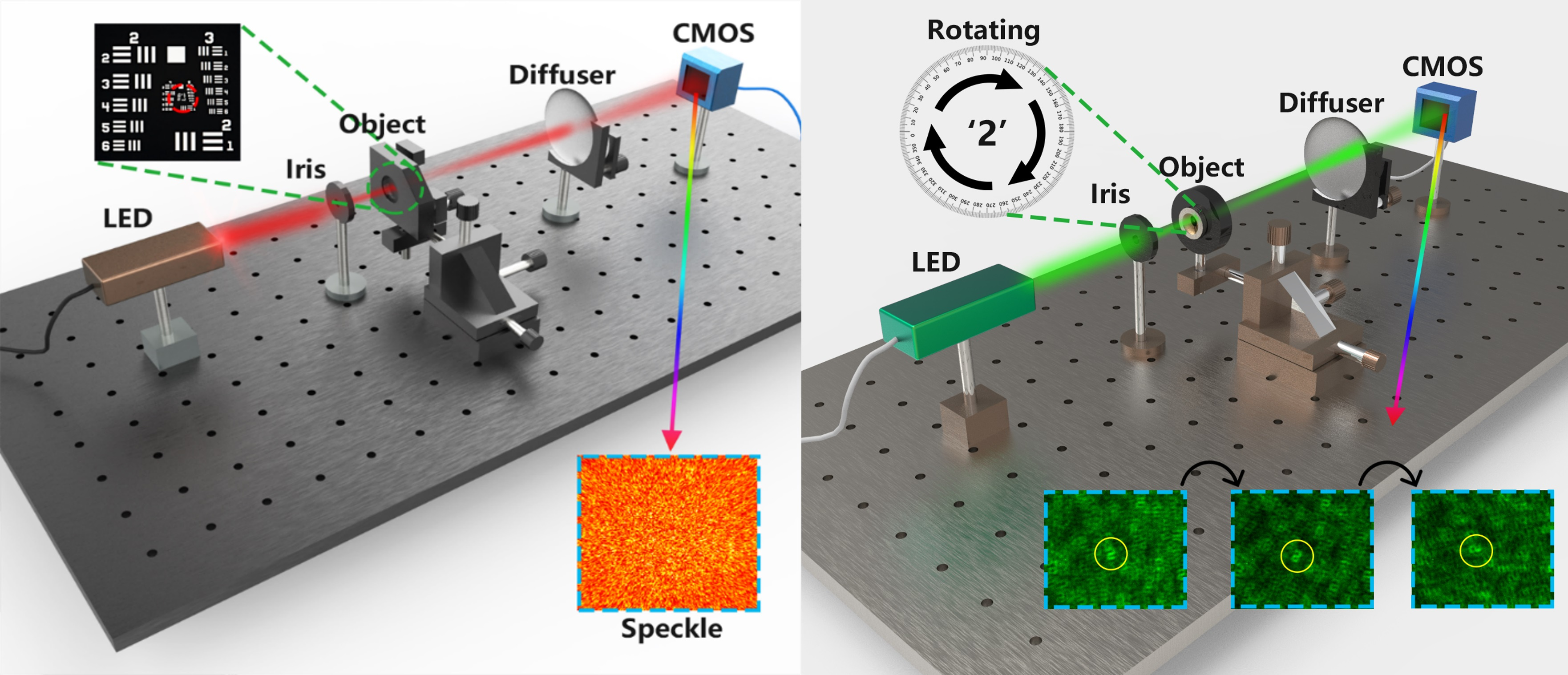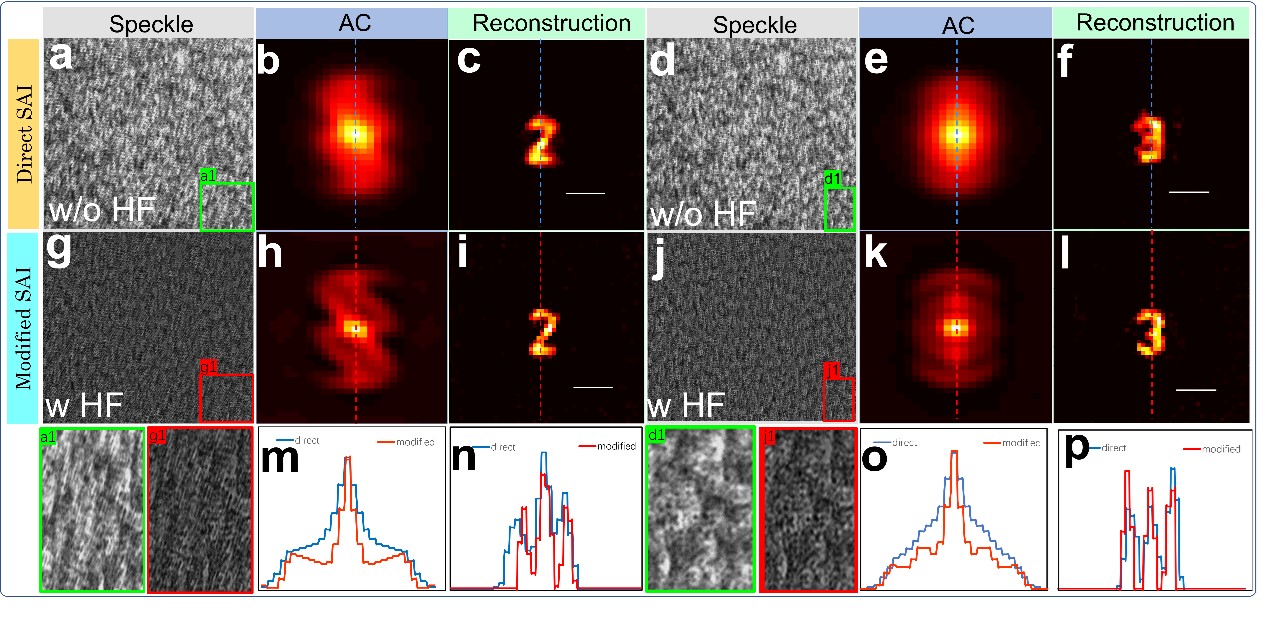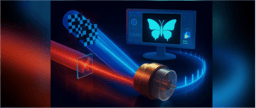See the 'Unseen', Clearer and Beyond: real-time clearer imaging and beyond diffraction-limit recovery with speckles

Background
Imaging through diffusive media is long-existing problem and challenge of great practical significance in many fields. Real-time imaging and remote sensing through the highly scattering media such as atmosphere turbulence, tissues, turbid water, and fog, are fundamental and great challenges, ranging from astronomy to microscopy. Previous techniques such as holography, transmission matrix, active wavefront shaping are studied for imaging through scattering. However, these techniques required highly strict stability of operation and calibration. Novel computational reconstruction methods using speckle-correlation is highly sensitive to input initial guess [1]. Meanwhile, orientation and location information of the object will be lost in the process.Innovations
In this research, Prof. J. T. Liu, in collaboration with Prof. Q. Q. Gan leader of the SuPER Lab at KAUST, has developed a novel strategy for real-time clearer imaging through scattering diffuser, under narrow-band laser, and broadband white light, for still objects, moving targets, and even multitargets [2]. photoniX
-
How to see through chaos?
Remarkably, we predicted and discovered general but easily-omitted self-imaging observations in speckle, which is always considered as scrambled patterns. From the physical view, the generation of speckle and its statistics features are revisited and revealed. Remarkably, new diffuser-medium imaging model is proposed: according to previous studies, self-imaging is predicted as impossible. From the applicational point of view, for the first time, directly seeing through random diffusers with the naked eye and real-time video imaging of multitargets are demonstrated. - See the 'unseen', clearer, and beyond
The results unveiled a counterintuitive general phenomenon, which leads to further new understanding and strategy of utilizing speckles. We have developed a novel strategy for directly obtaining a clearer image from a single shot of the speckle image, without the need for time-consuming image acquisition, set-up calibration, and computational reconstruction. Strategy of calibration-free, reconstruction-free, real-time video-imaging of static and moving objects with exact orientation information was achieved. The experimentally demonstrated result in this research further enlightens the modified algorithm of improved reconstruction beyond the diffraction-limit.


The research shed light on new avenues for imaging through diffusive media. Moreover, with the active wavefront control of incident light with feedbacked and guided of speckle [3], seeing and information transmission through volume-diffusive-media, such as multimode-fiber, dynamic scattering medium are thrilling adventures in this field [4]. More fascinating emerging practical innovations are expected to light the way to a brighter and broader future together.
- References
[1] O. Katz, P. Heidmann, M. Fink, and S. Gigan, "Non-invasive single-shot imaging through scattering layers and around corners via speckle correlations," Nature Photonics 8, 784-790 (2014).
[2] J. Liu, W. Yang, G. Song, and Q. Gan, "Directly and instantly seeing through random diffusers by self-imaging in scattering speckles," PhotoniX 4, 1 (2023).
[3] O. Haim, J. Boger-Lombard, and O. Katz, "Image-guided computational holographic wavefront shaping," Nature Photonics (2024).
[4] H. Liu, F. Wang, Y. Jin, X. Ma, S. Li, Y. Bian, and G. Situ, "Learning-based real-time imaging through dynamic scattering media," Light: Science & Applications 13, 194 (2024).
Follow the Topic
-
PhotoniX

PhotoniX aims to present brave endeavors in promoting X-disciplinary research, latest progress of engineering applications and breakthroughs in scientific discoveries, all enabled by photonics. Original scientific letters, articles, reviews, and technology progress reports are equally welcome.
Your space to connect: The Polarised light Hub
A new Communities’ space to connect, collaborate, and explore research on Light-Matter Interaction, Optics and Photonics, Quantum Imaging and Sensing, Microscopy, and Spectroscopy!
Continue reading announcement


Please sign in or register for FREE
If you are a registered user on Research Communities by Springer Nature, please sign in